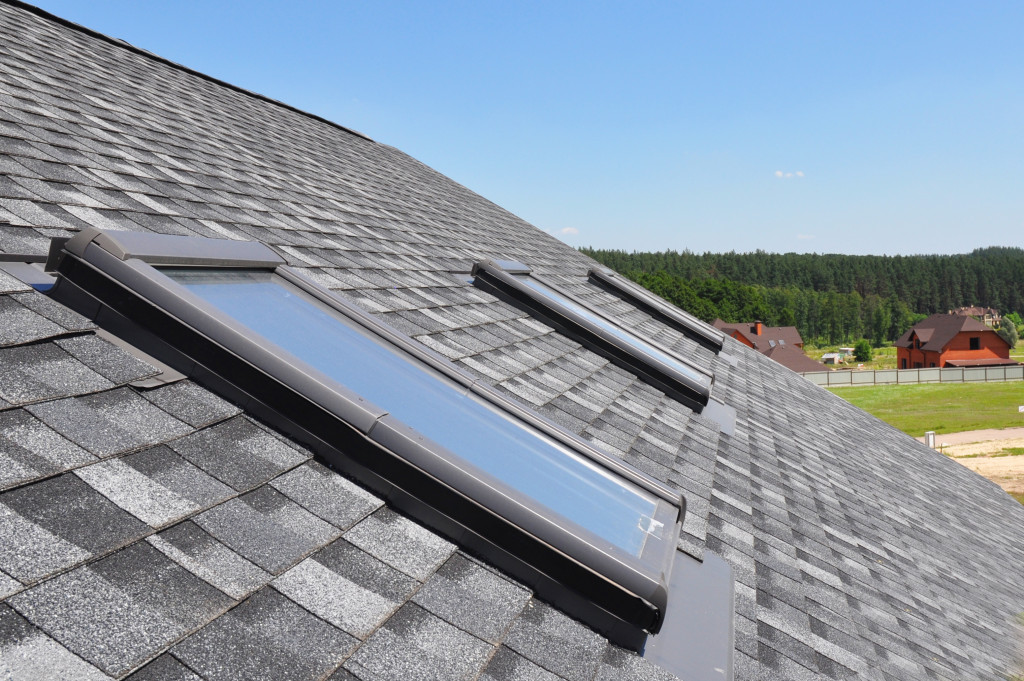- Embrace nature in your home by using natural colors, materials, and textures to create a calming environment.
- Frameless flat glass rooflights allow natural light in, enhancing mood and energy efficiency.
- An indoor garden, ranging from small potted plants to large indoor trees, improves air quality.
- Choose suitable plants for your indoor garden based on light, temperature, and humidity conditions in your home.
As a mother and a DIY home decor enthusiast, you understand the importance of creating a healthy and comfortable living space for your family. A healthy home should not only look good but also feel good – and what better way to achieve this than by bringing the outdoors in? Embracing nature in your home can go a long way in promoting your physical and mental well-being, boosting your mood, and improving air quality. This blog post will share some tips on how to build a healthy home for the family by incorporating elements of nature into your home decor.
Use Natural Colors and Materials
Living in a space that is surrounded by natural materials such as wood, plants, and stone can have a calming effect on your mind and body. Incorporating these elements into your home decor can be as simple as adding a wooden coffee table, using natural stone tiles for your flooring, or hanging some indoor plants on your walls. Here are some factors to consider:
Color
When choosing colors for your home, it’s advisable to lean towards those found in nature. Shades of green, blue, brown, or beige have a calming effect and can make your home feel more connected to the outdoors. These colors can be used on walls, furniture, or even in small decorative accents throughout your home.
Material
Incorporating natural materials into your home decor not only enhances its aesthetic appeal but also contributes to your well-being. Opt for materials like wood, rattan, or stone that exude organic beauty and add a touch of warmth to your space. They are durable, eco-friendly, and, most importantly, they bring an element of nature right into your living room. Natural textiles like cotton, linen, or wool can also be used for upholstery, rugs, or throws, providing a soft and comfortable touch while also promoting better indoor air quality.
Texture
The texture is a crucial element when it comes to bringing the outdoors in. Natural textures present in materials like wood, stone, or fabrics from natural fibers can give your home a rustic and earthy feel, instantly connecting you with nature. Incorporating texture can be as simple as adding a jute rug, a knitted throw, or a bamboo lampshade.

Invest in Glass Rooflights
Investing in quality frameless flat glass rooflights is another effective way of inviting the outdoors into your home. Such installations allow an abundance of natural light to flood into your living spaces, creating a bright, airy, and inviting atmosphere.
Along with enhancing the aesthetic appeal of your home, this natural light can also improve mood, boost productivity, and lower energy costs. Frameless glass rooflights seamlessly blend with your interior, providing unobstructed views of the sky while minimizing heat loss and maximizing solar gain.
In some cases, you can also opt for operable glass rooflights that allow for natural ventilation, bringing in fresh air and improving indoor air quality.

Create an Indoor Garden
Creating an indoor garden is another fantastic way to bring the outdoors in. From small potted plants on your window sill to large indoor trees or even a vertical garden, the options are limitless. Not only do these green spaces improve air quality by filtering toxins, but they also contribute to a peaceful and relaxing environment. Here are some tips that you should follow:
Choose the Right Plants
Choosing the right plants for your indoor garden is extremely important. You need to consider factors like the level of sunlight your home receives, the average room temperature, and the humidity levels. Some plants thrive in low-light conditions, making them perfect for indoor environments. These include the snake plant, pothos, and ZZ plant. Others, like succulents, cacti, or the spider plant, require more sunlight and can be placed near windows or in brightly lit rooms.
Find the Perfect Spot
After selecting the appropriate plants, the next crucial step is to find the perfect spot for them in your home. Each plant has specific light, temperature, and humidity preferences, so it’s essential to find a spot that meets these requirements. South-facing windows are great for plants that need lots of sunlight, while plants that prefer lower light conditions can be placed in north-facing rooms or corners. Besides light preferences, consider the aesthetic element.
Get Creative
When building your indoor garden, don’t be afraid to get creative. It’s your personal space, and there are countless ways to make it unique and fit your aesthetic. Use unconventional planters like mason jars, teacups, or even old books. Hang plants from the ceiling, create a living wall, or build a terrarium.
Bringing the outdoors in by incorporating elements of nature in your home decor can have a huge impact on your mental and physical wellbeing. From using natural materials and colors to investing in glass rooflights and creating an indoor garden, there is something for every home and every style. Start small and see the difference it makes in your home – a healthy and happy space for your entire family.
